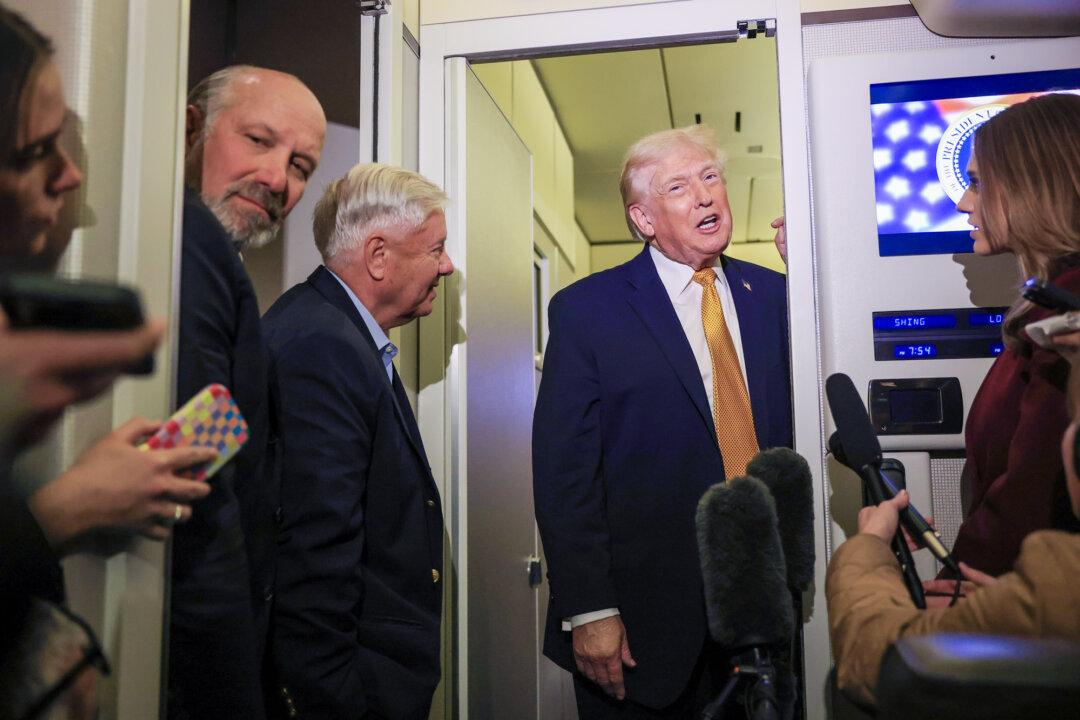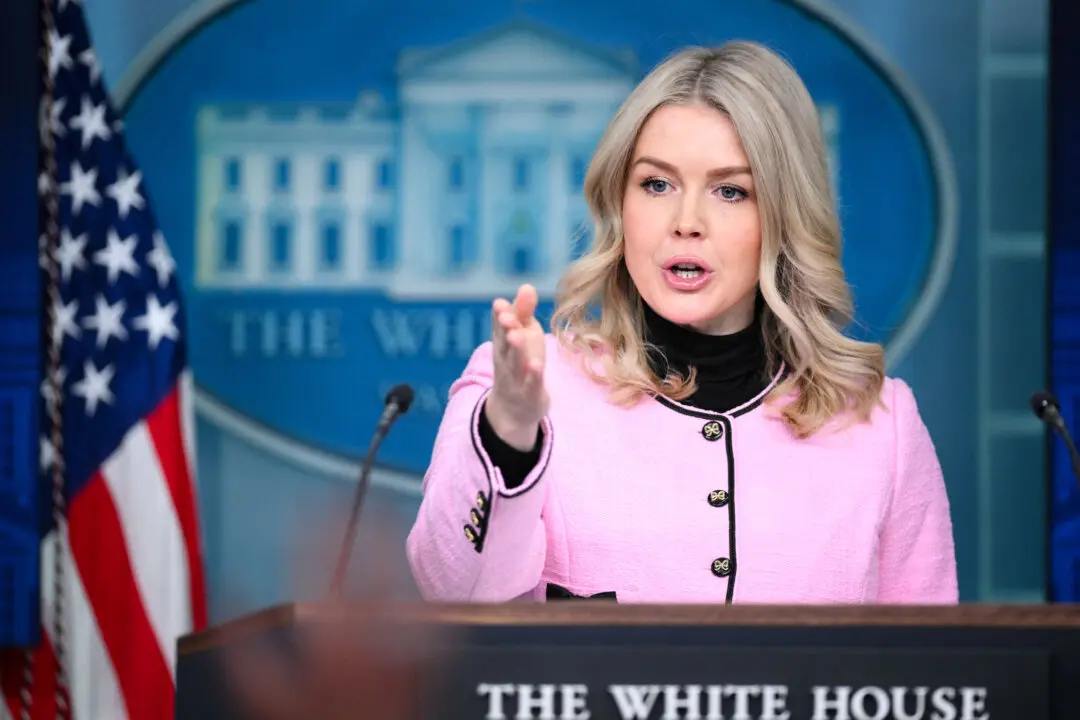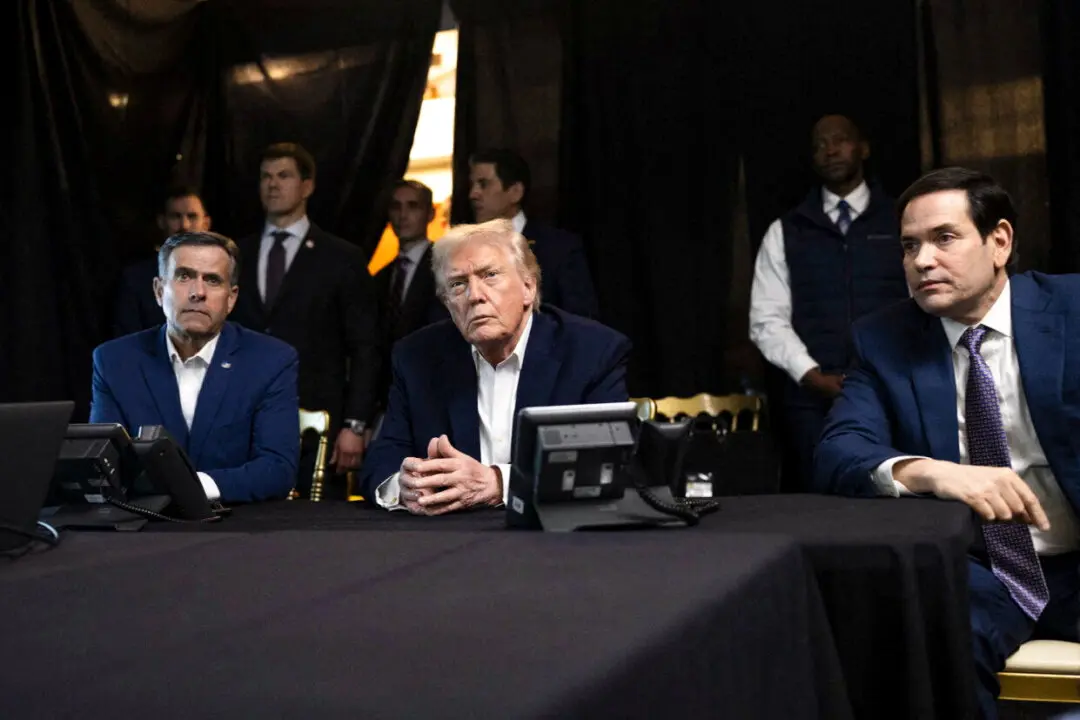WASHINGTON—Through its Belt and Road Initiative (BRI), China has poured billions of dollars in loans into low-income countries to help build their massive infrastructure projects. And now with the COVID-19 pandemic, concern about a looming debt crisis has increased in developing nations, as most of them are already bent under massive Chinese debt.
Launched in 2013, China’s BRI, also referred to as “One Belt, One Road” or the “New Silk Road,” is one of the world’s most ambitious and controversial development programs. In recent years, the initiative has been perceived as a “debt trap,” due to Beijing’s predatory lending practices.





